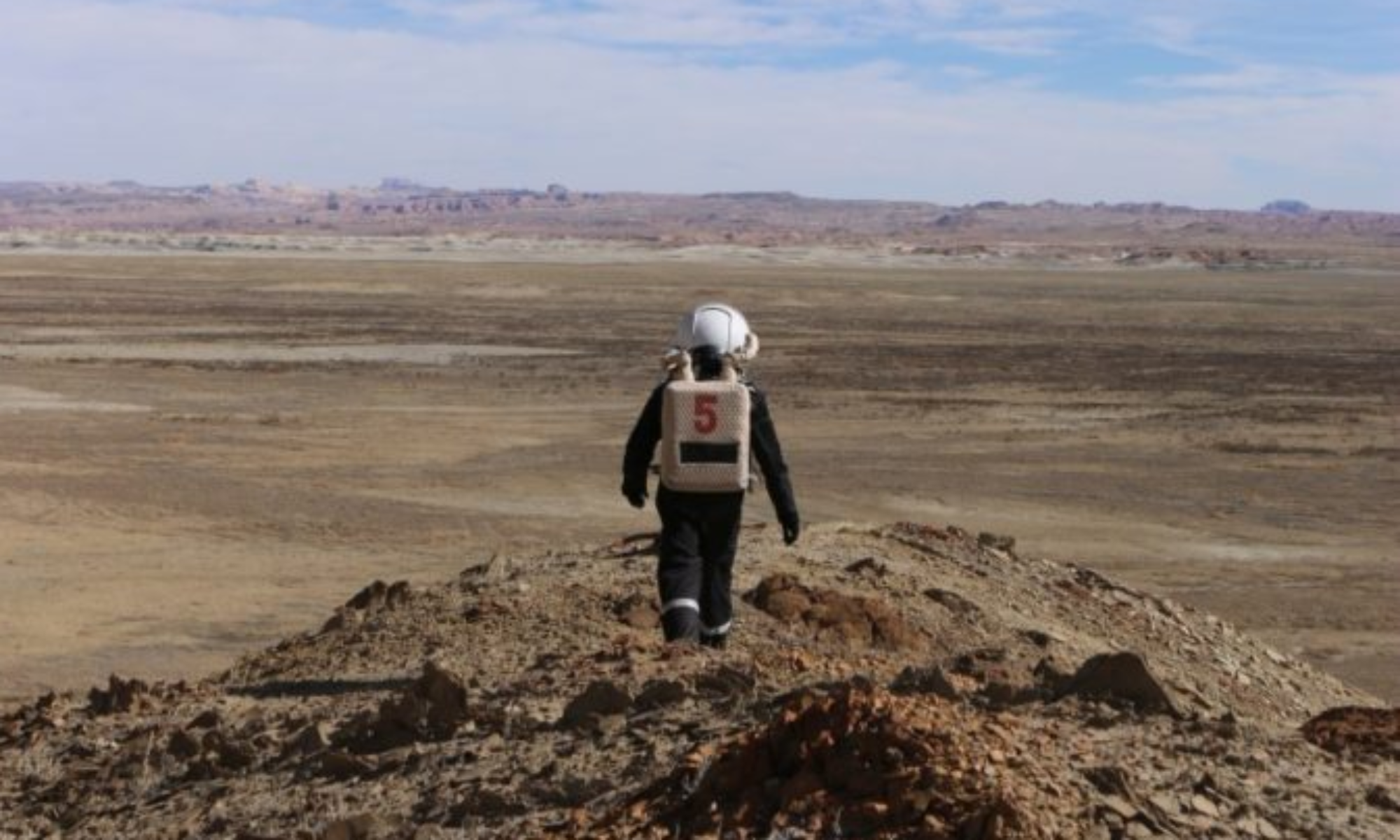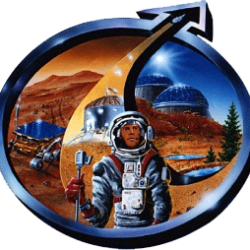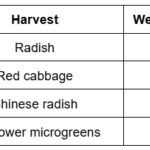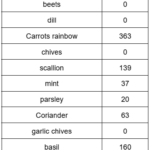Crew 310 Mission Summary
Submitted on: SOL 12
Date: February 14, 2025
The Crew
The Hypatia II crew is an interdisciplinary and multigenerational team composed of 9 women selected to participate in an analog mission at the Mars Desert Research Station (MDRS) between 2-15 February 2025. Their names and backgrounds are presented below.
Dr. Ariadna Farres (Crew Commander & Crew Astronomer): Ph.D. in Applied Mathematics by the University of Barcelona. Specialized in astrodynamics and celestial mechanics, she has devoted part of her scientific career to the study of the use of solar sail for missions in the Earth-Sun system. Currently she works with the Flight Dynamics team at NASA Goddard Space Flight Center.
Anna Bach (Crew Executive Officer & Resident Artist): Mathematics and Computer Science from the University of Barcelona. She currently works as a Product Manager in the tech industry in Barcelona, where she defines the vision, strategy, and roadmap for a product, ensuring it meets customer needs and business goals. Anna also creates comics strips regularly, which she shares on her Annet Planet Instagram page (@annetplanetcomics), currently followed by 38,000 people. The comics feature a young girl working in an office and aims to highlight the role of women in the workplace, always from a positive perspective and often with a STEM-related focus
Dr. Estel Blay (Crew Scientist & Health and Safety Officer): She is an Aerospace Engineer with over 15 years of experience across the UK, Spain, and the USA. Specialising in Earth Observation within the space sector, Estel has developed expertise in business development, project management, and team leadership. Currently, as Program Manager at the Institut d’Estudis Espacials de Catalunya (IEEC), she is working on the ESA Phi-LabNET Spain program, supporting innovation for the commercialisation of space technologies aimed at enhancing climate resilience.
Mònica Roca i Aparici (Mission Specialist): She has a Master’s degree in Electronics & Telecommunications Engineering by the Universitat Politècnica de Catalunya. She is the Founder & General Director of isardSAT group, based in Catalonia and the UK (2006). Mònica is a Senior Engineer and Scientist with more than 25 years of experience in scientific, technical and managerial aspects of Altimetry. From 1995 to 2004 she worked at the European Space Agency (ESA/ESTEC), responsible for the RA system onboard EnviSat. In March 2021, she was elected President of the Barcelona Chamber of Commerce. She is also the President of its Space Commission since June 2019.
Dr. Marina Martinez (Geologist & GreenHab Officer): She holds a Ph.D. in Earth and Planetary Sciences from the University of New Mexico in 2021 with Distinction. Currently, she is a postdoctoral researcher at the Schwiete Cosmochemistry Laboratory at Goethe-Universität Frankfurt and a member of the Center for Advanced Sample Analysis of Astromaterials from the Moon and Beyond (CASAMoon) with Chip Shearer as PI, node from the Solar System Exploration Research Virtual Institute (SSERVI) at NASA.
Helena Arias Casals (Crew Engineer): She has a B.Sc. in Mechanical and Electronic Engineering from the Universitat Politècnica de Catalunya (UPC). She is the entrepreneur behind the Light Pills project, which aims to provide light and water to resource-limited areas. She is currently pursuing a master’s degree in Aerospace and Aeronautical Engineering at UPC. She combines her studies with her sporting career in Olympic shooting, having won 3 medals at the Junior European Championships and aiming to compete in the next Olympic Games.
Dr. Jennifer García Carrizo (Crew Journalist): She is a former Juan de la Cierva Postdoctoral Researcher, is now a Lecturer at Universidad Rey Juan Carlos (Ciberimaginario Research Group) and a researcher at XR COM LAB. She is part of the Art & City Excellence Research Group (Universidad Complutense de Madrid), the Media Discourse Center (DMU, UK) and the R[x]D Group (KU Leuven, Belgium), where she develops her research career improving citizen participation in cultural places through scientific communication and immersive narrative experiences.
Marta Ferrer (Crew Documentar Filmaker): She is a filmmaker and director, specialized in documentaries. Having lived in Mexico for over a decade, she delved deeply into the documentary genre and its creative possibilities, making it her way of life to explore and understand the world. In Mexico, Marta directed two award-winning feature films, «El Varal» (2010) and «A morir a los desiertos» (2017). In 2020, she directed «Bàlsam», a documentary series for TV3, and she recently completed her third feature film, «Con Alma», co-directed with Pedro González Rubio and co-produced between the United States and Mexico.
Some Interesting Facts
Musical moments during the mission: 30 minutes daily morning sport in the lower deck (played with speaker), 5-minutes waiting for decompression inside the airlock (played through the radios), after dinner choir (aided by ukulele).
Three showers per person in 12 SOLs, but daily personal hygiene.
Four homemade breads, 2 cakes and 123 coffee mugs filled by the end of SOL 12.
Over 120 3D printed pieces to help in 3 different projects.
An average of 6 hours of sleep every day.
768 square meters of fabric unfold.
One night seeing the rise of the full moon and one dancing party night in the lower deck (SOL 10 & SOL 7 resp.).
One mouse was heard on two occasions in the upper deck at night (SOL 9 & SOL 10).
The weather caused many logistical problems for our projects during the first week (wind), but it had a nice detail for us on the last SOL (snow).
The Crew Engineer completed another orbit around the Sun, but from Mars (SOL 7).
43 samples collected in 12 different locations. Mostly shales but also sandstones, conglomerates, and minerals such as agatha, gypsum, barite, and other unexpected minerals rich in strontium, potassium, and sulfur.
Daily Life at the MDRS
The Hypatia II crew tracked their daily SOLs on Mars, documenting valuable data on water consumption, the GreenHab harvest and the numbers of extravehicular activities (EVA).
Operations summary
The Crew Engineer Helena Arias and the Mission Specialist Monica Roca i Aparici were in charge of the Operations Reports. One of the data that surprises the most is the water consumption, far from the water consumption on Earth.
Evolution of water consumption
The crew tracked the water consumption during the mission trying to match or improve the Hypatia I results. Most of the water consumption came from water used for hydration, personal hygiene and washing the dishes. Each crew member showered 3 days throughout the 12 Sols.
GreenHab Summary
The GreenHab Officer Marina Martinez was responsible for watering all the plants twice a day. She took care of them to provide fresh vegetables for the crew. The total harvest is summarized below:
EVA summary
The crew conducted a total of 22 EVAs, where they carried out several projects:
Installation of the corner reflector, which included carrying heavy equipment uphill, drilling, and other physically demanding tasks for up to 4 hours at a time (total of 4 EVAs).
Unfolding a giant piece of art of 40 by 40 meters, conducted in several attempts due to strong windy conditions (total of 4 EVAs).
Collecting geological samples, some of them analyzed in situ, and all of them studied later on in the laboratory by Dr Marina Martinez – (total of 6 EVAs).
Other minor projects such as testing NASA EVA support system, flying a drone to map the terrain, using cameras to map the MDRS in 3D, recording interviews and landscapes, and installing and monitoring small solar panels.
Future prospects
As the Hypatia II crew concludes its mission at the MDRS, the Hypatia Mars Association celebrates the successful achievement of its main objectives:
Conducting high-quality space-related research in a Mars analog environment. This included installing a corner reflector to calibrate satellites for years to come and utilizing advanced equipment to analyze collected samples, ensuring that only the most relevant and high-quality specimens are brought back.
Using this research as a tool to inspire future generations in STEM. Our key initiatives included recording material for a documentary and preparing a children’s book to engage young minds.
With this second mission, we continue to emphasize the vital role of women in STEM, striving to inspire and pave the way for future explorers. We hope to be able to continue this work with many more Hypatia crews.
Acknowledgements
The Hypatia II mission is possible with the financial support of the following institutions and private companies:






You must be logged in to post a comment.